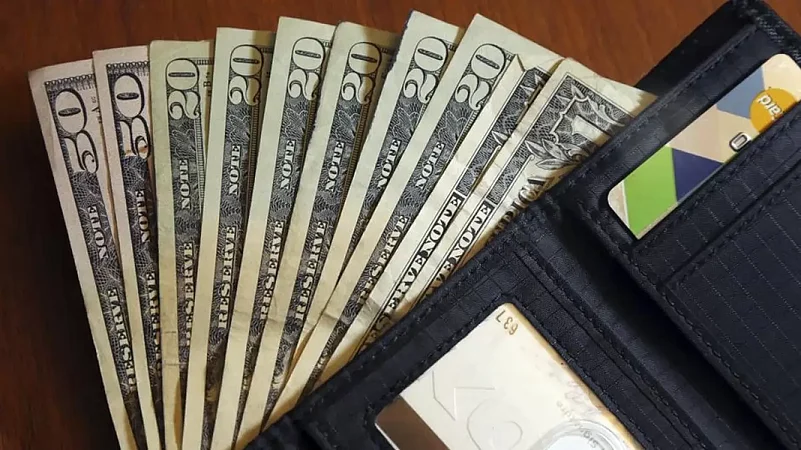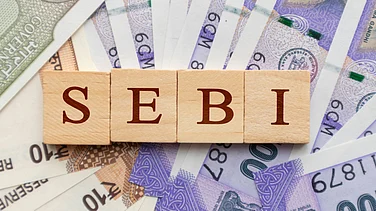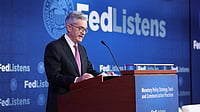US President Donald Trump’s sweeping tariffs on global imports into the US come into effect today, disrupting a global investment landscape and setting off economic ripple effects that will reshape global capital flows.
Since taking office, President Trump has rapidly furthered his tariff agenda, imposing average tariffs of 29%, and many as high as 40%, on trade partners. Tariffs on key partners, including the EU, China, Canada, Mexico, India, Taiwan and Vietnam have already been imposed, even as threats of more announcements continue. In the meantime, trillions of dollars have been wiped out in global stock markets, including in the US.
Touting his decisions a ‘medicine’, the US President’s strategy aims to shift focus away from Wall Street to the Main Street, meaning that he wants money to be pulled out of stock markets into the real economy. To do so, heavy import tariffs have been imposed on a range of goods from key trade partners, while encouraging domestic manufacturers to boost production by eliminating tariffs on US made goods. The aim is to increase the share of manufacturing in the US’ GDP, which currently sits at only about 10%.
Under usual circumstances, investors would park their money in the safe-haven US dollar at a time of global turmoil. However, that is not what Trump wants. Instead, he seeks to devalue the US dollar to make American exports more competitive, attract foreign investment and help companies increase domestic manufacturing.
“Higher tariffs represent some degree of fiscal tightening, but we are cognizant that foreign demand may be coming under pressure, particularly given the fact that the dollar has actually weakened in response to that,” said private equity firm KKR.
In response to his actions, the US dollar has also moved right along Trump’s charted territory. The US Dollar index, which had been strengthening over the past few months, corrected sharply from a January peak of 110 and is trading around 102 in April.
With the intentional strategy to weaken the US dollar, central banks and asset allocators across the globe would need to reshuffle their assets, potentially reducing their exposure to the greenback.
What’s in it for India?
Foreign investors owned $31.3tn of US assets as of June 2024. As the dollar weakens, some of these investments will make their way into other asset classes and markets. Given Trump’s professed disdain for Wall Street, the likelihood of this money flowing back into US equities is low.
Money managers are more likely to look for other pockets of investments, with India presenting itself as a major beneficiary. Even though global economic jitters threaten to eat away 60 basis points from India’s GDP, the impact will be much lower than on its peers that were also slapped with import levies.
Padding the case for India is the economy’s strong domestic growth story, easing valuations of Indian equities after the market downturn and policy support, all of which make it a lucrative destination for reshuffled investments.
While India is unlikely to remain insulated if a global recession becomes reality, its resilient long-term growth story can still make it a more worthy investment option. “Any slowdown in global trade due to these tariffs can cause a slowdown in export-oriented countries, including China which does not augur well for the world economy,” BOB Capital Markets stated in a note.
In addition, a weakening US dollar would also appreciate the Indian Rupee, lifting the value of investments by foreign investors in dollar terms. If the local currency appreciates, foreign investors will also accept higher valuations up to that quantum due to the increased headroom for returns.
Domestically, a stronger rupee will make imports cheaper for India. India’s manufacturing push would also see a boost as investors would be cautious of shoring up investments and supply chains in China, given that it sits at the centre of this global trade war. India can thus present itself as a better investment destination as US companies look to shift base out of China. India’s huge youth population, policy support in the form of the Production Linked Incentive (PLI) scheme and cheap labour are additional positives.
Foreign portfolio investment (FPI) may have returned to emerging markets in March, but with the Trump trade disappointment and India’s reasonable macroeconomic situation (strong GDP growth, manageable balance of payments, fiscal deficit and inflation), the expectation of a normal monsoon may push consumption and rural recovery. A sluggish global outlook should also provide some tailwind for the market, believes Kotak Institutional Equities.
India’s healthy economic and earnings recovery, coupled by a capital expenditure cycle (including the PLI scheme), is expected to keep its markets attractive over the medium to long term, the brokerage added.
That said, under the uncertainty of tariff imposition, the retaliation the announcement will face and its impact on the global economy still remain to be seen. While India’s stars might align with the reshuffling of funds, turning favourable prospects into reality remain a long shot for now.



























